A System Strategist is a new role for teams that seek to create human-machine teams. This important role will consider not just how the human will interact with the system, but also how the system will interact with the human.

System Strategist - The Fulcrum of Human-Machine Teaming
Article Feb 07, 2013
Rob Keefer
Many of the artifacts that humans build are systems - air traffic control systems, political systems, information systems. The types of systems POMIET gets involves with typically involve an information system of some kind, comprised of human users, data, algorithms, and the human-machine interaction. Consider for example CNN.com as an information system that would sits inside the CNN system, which is a major player in the news system, the political system, the American culture system, etc.
People build systems that are a part of a larger system, and systems have patterns within their domain. We try to identify these patterns and characterize them as information architecture, system flow, taxonomies, etc. The patterns help individual users operate within the system both with technical solutions and interaction with other people.
Unfortunately, as soon as we create a system that supports one set of actors we often discover another set of actors that are not supported. There is a tension that we have to live with: these systems are diverse and dynamic; different users at different times have different needs and expectations. At the same time, users affect each other, so whatever we build must be able to respond but also be coherent.
Ultimately, our goal is to design a system that is responsive to local circumstances, but also keep the larger system coherent. For example, at first glance, responsive web design supports the dynamic nature of our multi-device world, yet may not fully support the coherence required to support a common system flow or even a common taxonomy. It seems like the more a system drives toward coherence, the stronger the relationships grow between individual parts, and therefore becomes more difficult for each part to respond to the local circumstances.
I wonder if much of the tension responsive web designers attempt to overcome is in this space between responsiveness and coherence. I wonder if this tension is seen as a zero sum game - meaning only one wins. It may be time to come up with a new approach that enables us to simultaneously increase the coherence and responsiveness of a system. I believe that this would require designers to think much harder about both the local interactions and the entire eco-system that the designed artifact is a part of.
There are a few aspects of the web design process to consider:
Taxonomy: One key to increasing the coherence and responsiveness will be found in improving techniques of finding a common language for all users of a system. This is tough, because even in corporate systems, which typically sit within one company, different departments label processes and artifacts with different terms. One common solution to this is to select a term, or define a new term, that all departments adopt. This may not work so well for CNN.com.
Navigation: Close attention to information architecture seems to work well at ensuring that a system is coherent. This coherence can be implemented across device so long as there is a common language (visual, verbal, or otherwise) that transcends device implementation details.
System Strategy: The fulcrum on which responsiveness and coherence sits lies in system strategy. System strategy must grow to include aspects of UX and system analysis. It may need to grow from one person thinking about UX and another thinking about data, into a team that is led by a System Strategist (person with the vision) who is supported by input from UX, Data Experts, and an "eco-system analyst".
Agile teams have a Product Owner role. This person has the vision of what the product should do, but is highly dependent on input from both the technical lead and the UX designer. In genuinely innovative systems that support human-machine teaming, I believe this Product Owner role will grow into a System Strategist role that considers not just how the human will interact with the system, but also how the system will interact with the human.
Looking for a guide on your journey?
Ready to explore how human-machine teaming can help to solve your complex problems? Let's talk. We're excited to hear your ideas and see where we can assist.
Let's Talk